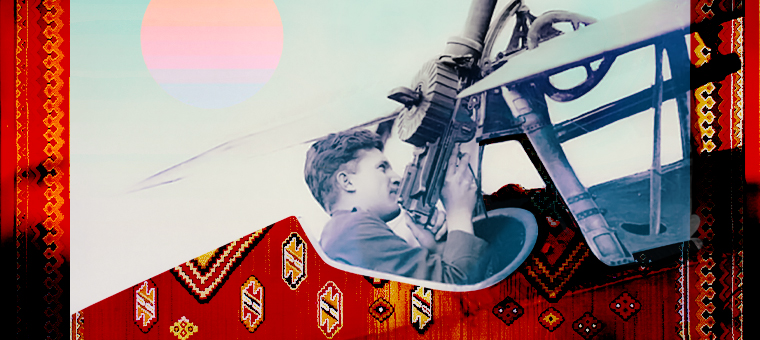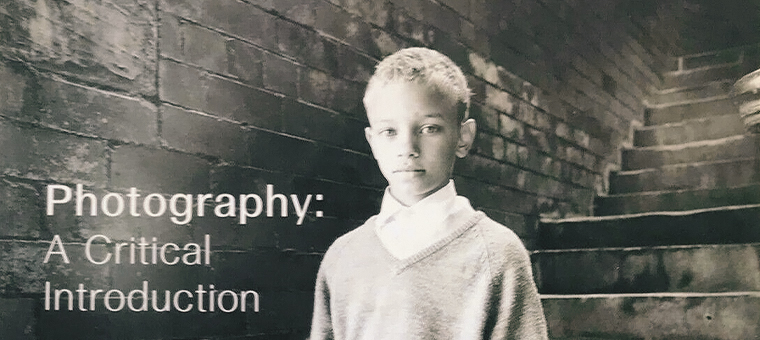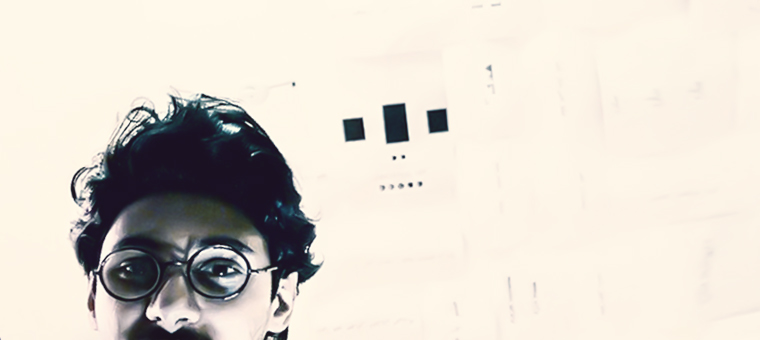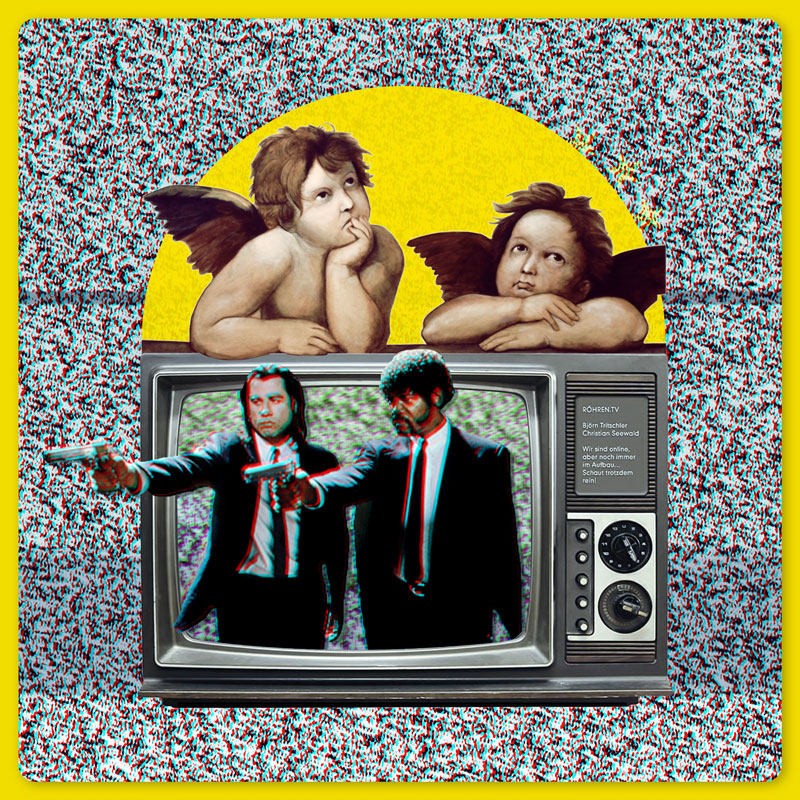I am Sepehr. I was a photographer for years—and I am no longer one. I have come to believe that photography is not for me and, perhaps, has never yielded anything of value to me. Put simply, after eight years behind the camera I realized that, day after day, I was repeating the very act I had performed countless times before. It is obvious that when you choose a modern discipline and practice it, you are inevitably imprisoned within its grand narratives.
To make things easier, let us paraphrase a few theorists and define modernism. Modernism can be described as a repetitive act that, at every reiteration, still demands thought. By contrast, if I liken the preceding era—tradition—to a cauldron of samanu simmering without end, I obtain a repetitive act that does not require the presence of thought each time it occurs. Yet beyond these two historical periods lies the point in art history that has absorbed my entire being, the era now known as “post‑modern” or “after modern.” To define it, let us move away from our samanu metaphor and draw nearer to the words of Jean‑François Lyotard.
According to Lyotard, the age of grand narratives is over, and we flee the frameworks we once set for ourselves. He states plainly: “We are no longer governed by the grand narratives—the frameworks of ideas through which we used to give meaning to our lives” (Lyotard 1985). Grasping this definition of the post‑modern era caused the modern value and structure of photography to collapse in my mind, exposing the void of its repetitive act. Now is the right moment to pose a fresh question.
Is photography dead?
A simple, clear question with a complicated, ambiguous answer! Without a doubt, the answer lies within me—everything Sepehr Nasihatgar knows and has lived. New paragraph, new line.
I, Sepehr Nasihatgar, was born into a family steeped in philosophical contradictions. Like every child, I lived the golden age of adolescence dreaming of youth, and I spend my youth recalling raw teenage moments. My greatest good fortune was to grow up in a household infused with traditional behaviors yet blended with modern beliefs and methods.
That means I experienced, every day with my family, repetitive structures with and without thought—and a large part of me alone hosted a two‑way flow between the modern and what came before it.
A crucial part of the answer above can be found right here: by analyzing the formation—more precisely, the rise—of the post‑modern period. Many behavioral scholars say the decision to set aside grand narratives becomes final precisely when one’s environment is saturated with structure and order, where every definition carries its own logic and reason. In short, fleeing essence begins explicitly from within essence itself, and humanity’s perfectionist nature advances toward attaining what it constructs from its own experiences.
My childhood was intertwined with the words “music,” “literature,” and “film.” On my father’s advice, I began playing the santoor in the most traditional manner during my first decade of life. Yet it took only a few years before, for me, Iranian music—rich as it is—invalidated its formal patterns. Likewise, classical Persian poetry faded, and even contemporary writers could not satisfy the ungrounded logic of my mind. Newer experiences in various fields—architecture, electrical and mechanical engineering, computer sciences, even a simple stint as a bookseller—each, in turn, lost value for me under their embedded traditional or modern patterns.
In simpler terms, my years of growth and experimenting in disparate disciplines were hard, but from today’s distance they are fascinating. Photography, too, was part of that repetitive circle, and today’s essay is perhaps a more complete prologue to the journey from tradition to modernity and from modernity to what lies beyond.
The vivid pastime that now colors my days—born of many different jobs and the mastery of various skills, emerging from millions of silences and thousands of unspoken words—has revealed its unstructured yet alluring form: photo‑making. It is the point where all experiences, knowledge, ignorance, and a strange, playful rereading of my present life and world converge.
I remember distant childhood days when, without goal or motive, I tore press photographs from magazine pages. Immersed in the glueing process and heedless of any artistic idea, I simply stuck them beside or atop one another. Now, after years of ambiguity and countless experiences, cutting and stitching disparate photographs under the name “photo‑making” means more to me than anything else. The outputs of photo‑making bear no convoluted philosophy; indeed, they may have no philosophy at all. Each merely reveals a specific slice—of time and place—of my life.
Returning to the question above, I must say: Yes, photography is dead, and with its death, photo‑making has seized the pulse of the world’s visual elements.
What Is Photo‑Making?
On a broad scale, photo‑making can be regarded as one branch of collage art—except that its preferred raw material is photographs. In other words, photos crucially shape both the production process and the final presentation, and without them, a photo‑making piece cannot come into being.
As I noted, my first encounter with photo‑making dates back to childhood in the 1990s, when my only task was gluing pictures together. Today, photo‑making for me is a reaction: to the images I see, the sounds I hear, and the moments I live. As easily as I write this sentence, every stage of my life—every waking or sleeping second—affects the creation of a photo‑making piece, and the final works are representations of real yet unreal moments.
Photo‑making probes the foundations of my mind, linking all the instantaneous good, bad, beautiful, and ugly impressions captured by my six senses. I delight in forging these connections, yet I neither record a photograph nor stamp it with a date.
How Is a Photo‑Making Work Produced?
Creating a photo‑making piece is not complicated. Anyone with an understanding of visual arts and the skill to cut and glue materials—paper or digital—can reach a final work. More than mastering software or specialized fields like art or photography, a photo‑maker must know their consciousness and, more importantly, their subconscious, so as to locate, in every moment of life, the junction between this world and another. Put differently, the creator’s soft skills determine an artwork’s capacity to attract or repel an audience.
Each photo‑maker’s production method differs, tailored to individual circumstances. For instance, I usually work with at least two monitors, a blank Photoshop canvas, and varied music. I juxtapose multiple images—of different qualities and sizes—randomly but in tune with my mood, and I strive to strip the source photo of its original essence and purpose, redefining the subject within its new context. For a clearer grasp of the process, see the image below.
Is the Final Product of Photo‑Making Presented Like a Photograph?
Rarely does a photo‑making piece hang on a gallery wall like a photograph. While some works can be displayed on monitors or as printed images, no single method can be assigned to presenting these outputs. Each piece may adopt a unique mode of display suited to its own atmosphere, and some final works may exist solely as sound or text—nonvisual formats.
Experience shows that most pieces employ the possibilities and techniques of performance art or installation art, meaning the final product cannot be sold as a print or screen image. Each of my photo‑making works—at least those I have produced so far—carries a story for its execution (some carry none), germinating spontaneously in response to the space or production context. Some tremble, others move, and the audience may participate directly. Such pieces may blend performance and collage art, yet elsewhere a different fusion of disciplines may better serve the presentation. Across various works I have realized that their emergent stories do not necessarily follow traditional or modern narrative structures; the form may be artistic, functional, or at times even scientific.
Indeed, you could coin another term instead of “photo‑making.” But the point remains: your outputs are neither photography nor performance art per se—nor are they mere montage or collage art. Our deconstructive tale begins here. Photo‑making may be repeatable, but it is not repetitive; it can be accompanied by thought yet simultaneously negate all existing plans and ideas.
Conclusion
Perhaps the entire point of photo‑making, for me, is that I have grown weary of photography—or that I believe “only the ignorant confine themselves to a single field” a little too deeply. All the patterns, issues, and methods raised in this essay are serious questions to—and reactions against—photography. Just as photography carved out its path in history, so too must photo‑making traverse the winding road of time.





